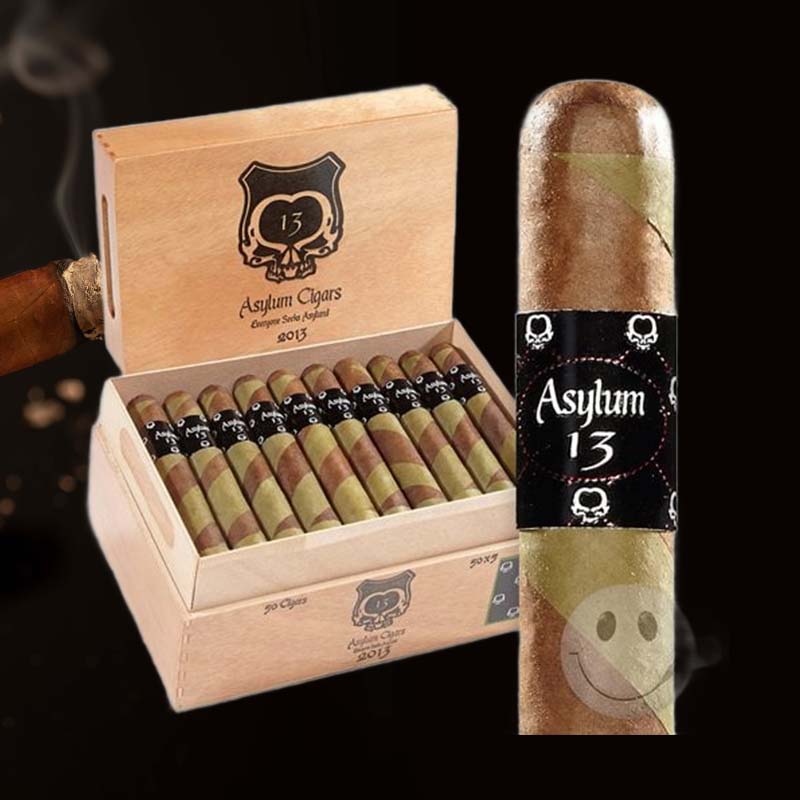How to get a torch lighter to work again
Introduction: Fixing Your Torch Lighter
We’ve all been there—standing outside on a chilly evening, excited to light up my favorite cigar, only to discover that my trusty torch lighter has let me down. It’s frustrating, and I know that feeling all too well. But don’t worry! With a little patience and the right approach, you can revive your torch lighter and bring it back to life. Let’s explore the common issues, troubleshooting steps, and preventative measures to ensure your lighter works like new!
Why is My Torch Lighter Not Working?
Understanding why your torch lighter has stopped working is the first step to fixing it. It could be due to various reasons, such as being empty of fuel, having a dirty burner, or experiencing spark mechanism issues. I’ve encountered a range of problems, but with careful attention, it’s often a quick fix!
Common Lighter Issues and How to Fix Them
1. Lighter Sparks but Won’t Light
This can be maddening! Typically, this issue arises from either a blockage in the ignition system or low fuel pressure. I recommend cleaning the jets and ensuring there’s enough fuel until your lighter roars back to life.
2. Weak Flame
If your lighter shoots out a weak flame, it may need an adjustment in fuel flow or cleaning. Sometimes old butane can clog the system, making it necessary to clean the internals to allow for a stronger flame.
3. Leak Issues
Gas leaks can be dangerous and should not be ignored. If you smell butane when your lighter is just sitting there, it’s time to inspect the fittings and seals for wear or damage. I usually check these areas thoroughly to prevent any mishaps!
4. Out of Fuel
It might sound too simple, but I’ve forgotten to fill up my lighter before! It’s essential to regularly check the fuel level, especially if your lighter has been sitting for a while. Refilling it is easy and often the first step to troubleshooting.
5. Dirty Lighter Mechanism
Over time, dirt and debris can clog the mechanisms of the lighter. A good cleaning will often resolve any issues with sparking or a blocked jet. I always clean my lighter every few uses to keep it in pristine condition.
6. Hissing Sounds
If your lighter emits hissing sounds when you ignite it, this often indicates a gas leak or a malfunctioning adjuster. Make sure to inspect for leaks before use, as safety is paramount.
7. Lighter Affected by Dampness
Humidity can play tricks on a lighter’s performance. If it gets too damp, it may malfunction. I always keep my lighter stored in a dry place to avoid moisture-related issues.
8. Safety Features That Might Be Engaged
Some lighters come with safety features to prevent accidental ignition. If your lighter has such a feature, make sure it hasn’t been activated inadvertently. Sometimes, it just needs a simple release.
Steps to Troubleshoot and Fix Your Torch Lighter
Step 1: Gather the Necessary Tools
Before diving into repairs, I gather the essentials: a can of high-quality butane, a small screwdriver, cotton swabs, and compressed air. Each piece is crucial for effective troubleshooting.
Step 2: Diagnose the Problem
I then examine the lighter closely. Is there fuel? Is the flame weak or nonexistent? By knowing the symptoms, I can pinpoint the potential issue.
Step 3: Open Your Torch Lighter
Carefully opening the lighter is key. I often use a small screwdriver to gently pry it open, paying attention to not damage any components inside during this stage.
Step 4: Adjust the Spark Mechanism
Sometimes, the spark mechanism needs adjustment. I check the connection and tighten any loose screws, ensuring everything is aligned correctly.
Step 5: Bleed the Tank Before Refilling
Bleding the tank of any old gas is a crucial step. I press the fuel release valve gently to remove any trapped gas before refilling, promoting better ignition.
Step 6: Refuel and Wait for the Lighter to Warm Up
After ensuring everything is cleaned and reset, I carefully refill the lighter with high-quality butane. Then, I allow it a few moments to settle and warm up.
Step 7: Clean the Jets and Components
I often blow compressed air through the jets and use cotton swabs for deeper cleaning of the components to ensure everything flows smoothly.
Step 8: Reassemble the Lighter
Finally, I carefully reassemble the lighter, ensuring all parts fit back into place snugly. It feels rewarding to piece it back together!
Prevention: How to Maintain Your Torch Lighter
1. Use High-Quality Butane Fuel
Always fuel your lighter with high-quality butane to avoid clogging or damaging the mechanism. This makes a world of difference in performance!
2. Regular Cleaning and Maintenance
I clean my lighter regularly, particularly after multiple uses, ensuring longevity. It doesn’t take long, and it preserves the mechanism well.
3. Store the Lighter Properly
When not in use, I store my lighter in a cool, dry place to protect it from moisture, which ensures it’s ready to go when I need it!
4. Check for Common Problems Regularly
A quick weekly check prevents larger issues. I look out for leaks or spark inconsistencies before they become full-blown problems.
Conclusion: Enjoy Your Newly Functional Torch Lighter
With these troubleshooting strategies and maintenance tips, I can dive back into my cigar moments without worry. Enjoying a good smoke is all about the experience, and having a reliable torch lighter makes that journey much smoother!
FAQ
How do you fix a torch lighter that won’t spark?
To fix a torch lighter that won’t spark, first verify there’s enough fuel, then clean any dirt from the ignition mechanism and jets. If the spark issue persists, consider adjusting or replacing the spark and flint components.
Why isn’t my torch lighter working?
Your torch lighter may not be working because it’s out of fuel, has a clogged mechanism, or could be experiencing a gas leak. Identifying the problem requires careful inspection of each component.
How do you make a butane lighter work again?
To make a butane lighter work again, check and refill the fuel, clean the jets and components, and ensure the spark mechanism is functioning properly. It’s often a series of simple adjustments that lead to a functioning lighter.
How do you burp a torch lighter?
Burping a torch lighter involves releasing excess gas to restore proper fuel pressure. I do this by pressing the refill valve with a small tool to eliminate trapped gas before refilling.












